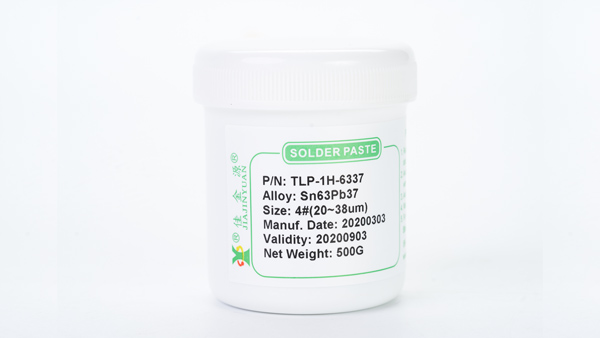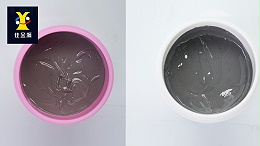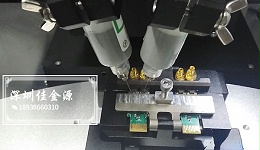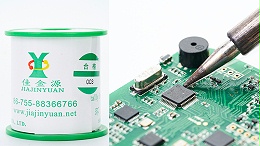
Today, JJY is going to popularize a rather hardcore thing for everyone, and that isSolder paste solderingTemperature control during the process. I hope it can be helpful to friends both inside and outside the industry.
1"升" 可 以 翻 译 为 "Ascend"Temperature zone
Temperature range:25-150℃
Temperature rise Express1-4°/"Second2°-3°)
The heating rate before the preheating zone should be slowed down to prevent the flux components in the solder paste from softening and collapsing rapidly. This is because the solder powder in the solder paste is spherical and may be carried away by the softened flux components. Slowing down the heating rate can cause the components of the flux to volatilize first, thereby increasing the viscosity of the flux and preventing the flow of tin powder.
2Preheating zone
Temperature150-200℃
Time:60-120seconds
Preheating effect:
(1Enable the volatile components in the flux to be completely dissipated.
(2Mitigate the thermal shock to components during formal soldering.
(3Because the temperature rise of large components and small components is different, preheating can make the temperature distribution uniform during the formal heating.
(4Promote the activation of flux.
If the preheating temperature is insufficient, due to the large temperature difference between it and the formal heating, it is easy to cause the formation of tin balls on the side due to flow movement, as well as the tombstone effect and candle wick effect caused by uneven temperature distribution.

Conversely, if the preheating temperature is too high, it will cause the aging of the flux components and the oxidation of the tin powder, which in turn will lead to the occurrence of tiny tin balls or unmelted situations.
3Temperature rise in the formal heating zone
Heating rate:2-4°/seconds
If the temperature in the formal heating zone rises too quickly, the temperature distribution will be difficult to be uniform, and the tombstone effect and candle wick effect are likely to occur.
4Forced cooling zone
Cooling rate:2-5°/seconds
The cooling of the soldering area should not be slow; otherwise, due to the difference in heat capacity between the component and the substrate, it will cause uneven temperature distribution. The difference in solder solidification time will lead to the displacement of the component position, causing the substrate to bend. Subsequently, due to local stress concentration, the bonding degree of this area will be reduced.
In addition, if the cooling rate is too slow, it will also cause the coarsening of the solder structure, a rough surface and an increase in the brittleness of the solder joints. Therefore, water cooling or air cooling, etc. are used for cooling.
Shenzhen JJY Industrial Technology Co., LTDHave12With years of experience in research and development and production, we have a strong technical force and stable product quality. JJY's factory is well-equipped, possesses proprietary technology and strictly implements itISO9001International Quality Management System Strict quality control, continuous stability, making customers worry-free, efficient, cost-effective and competitive! JJY welcomes you to call for consultation, inspection, sample request, purchase and use our products, and experience customized soldering solutions.



